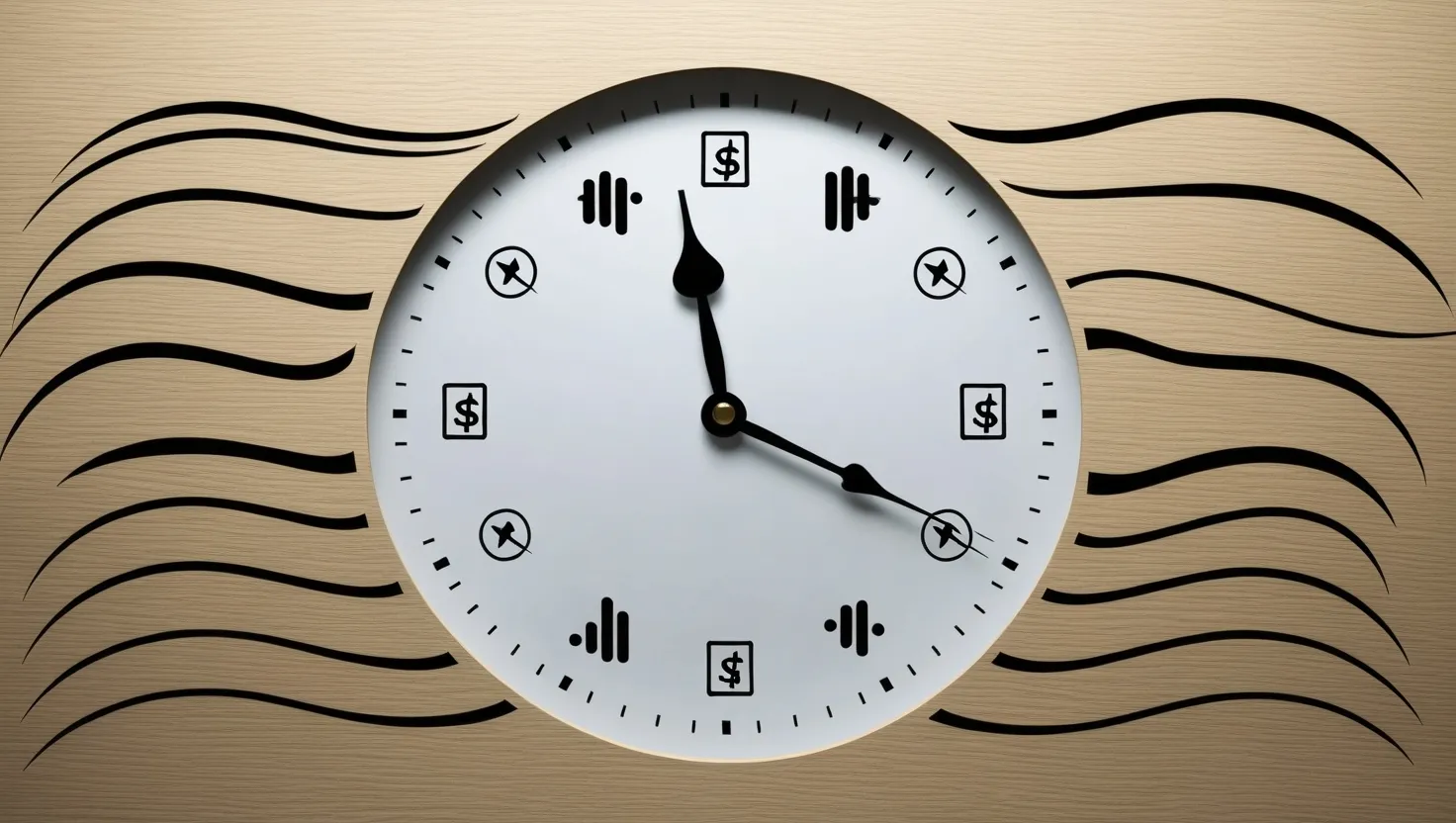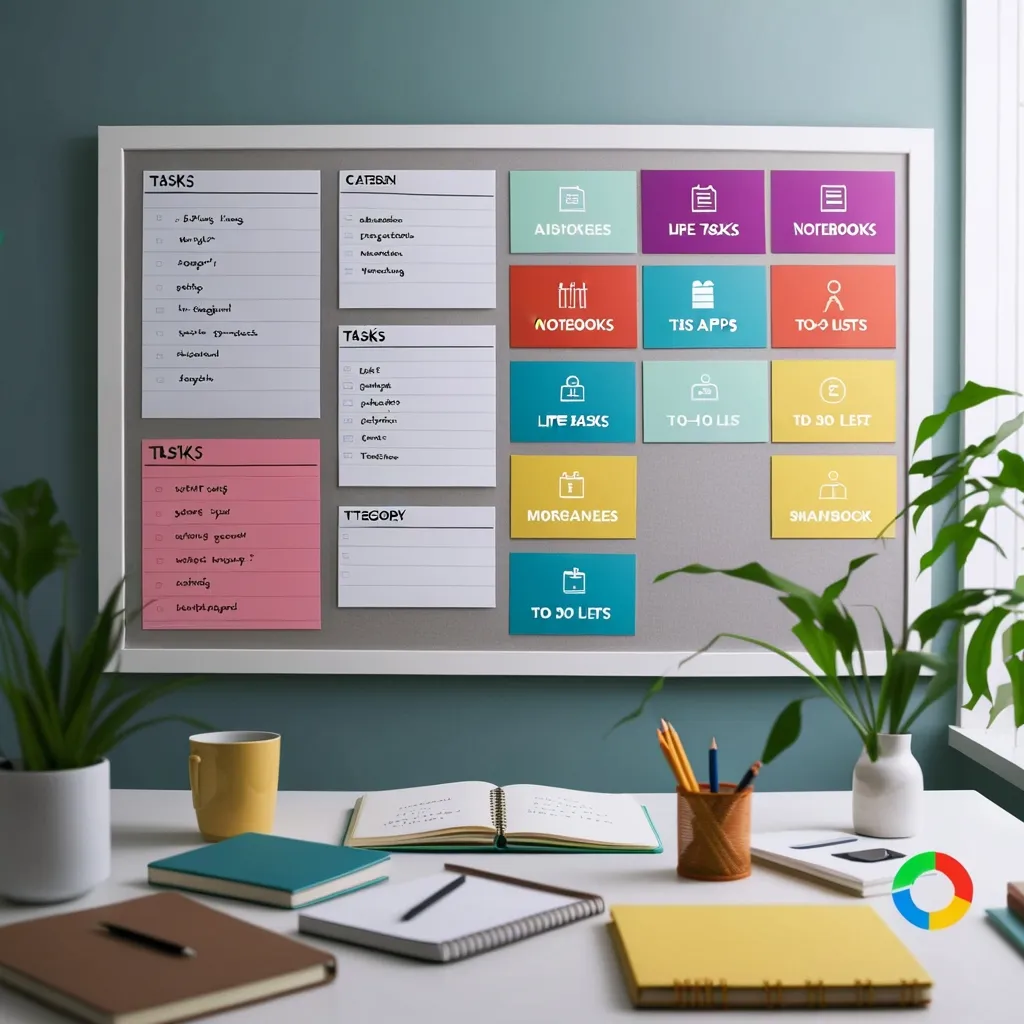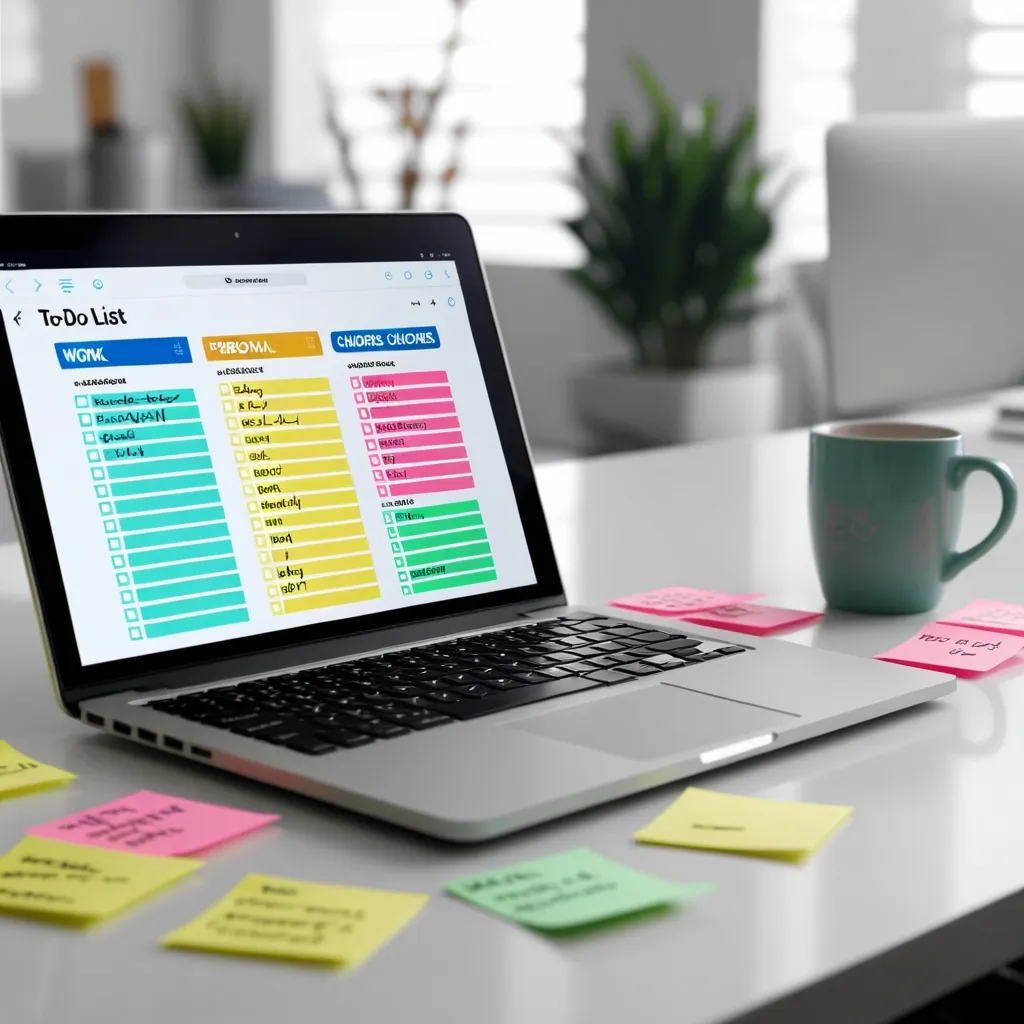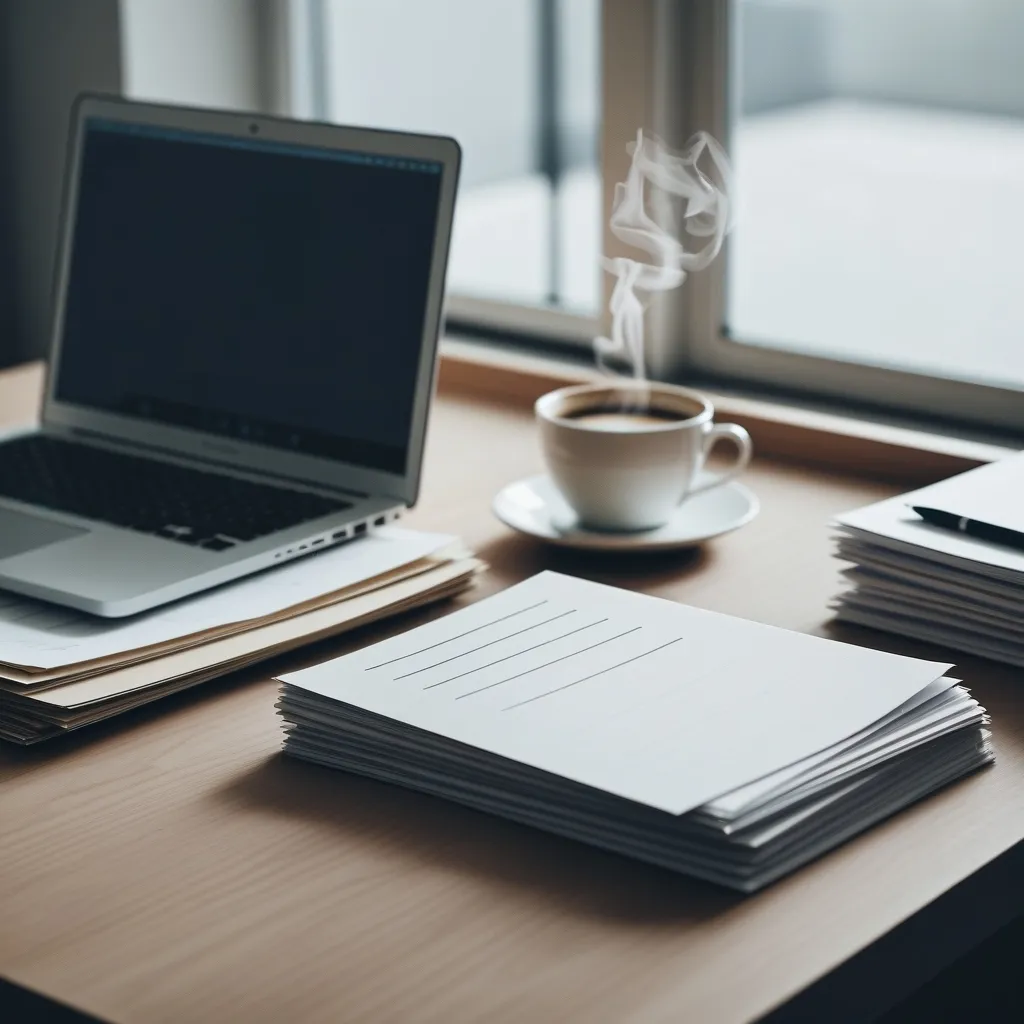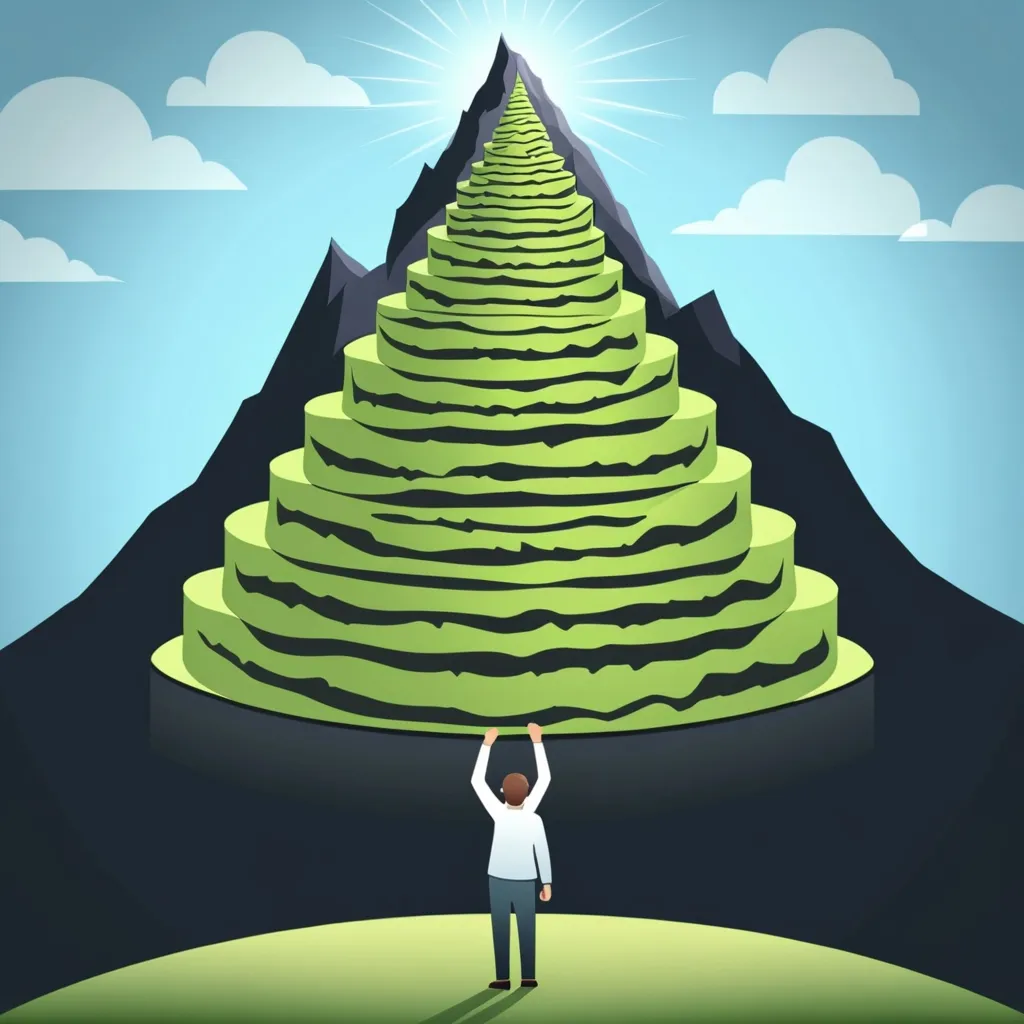Let’s get into the nitty-gritty of breaking bad habits, and how a simple yet powerful concept called friction can make a huge difference. The idea here is to create obstacles that make it harder for you to slip back into those unwanted habits. By making these behaviors more inconvenient, we can slowly but surely phase them out.
Understanding Friction When we talk about friction, it’s usually about something that slows us down or makes things more difficult. When it comes to habits, we can use friction to either help or hinder what we do. If we’re trying to break a bad habit, our goal is to make it as inconvenient as possible. Essentially, create hurdles that make you think twice before indulging in the habit.
For example, let’s say you have a bad habit of munching on desserts after dinner. One way to use friction here is to store these desserts in a different room, or better yet, stop buying them altogether for a month. The extra steps involved in fetching the dessert—like walking to another room or making a trip to the store—add a layer of inconvenience that can discourage you from indulging.
Practical Examples Consider the grip of video game addiction. Simply moving the TV remote to your bedroom and stashing the gaming console in the closet can be game-changing. Now, gaming isn’t just a click away; it takes effort and planning, which can often deflate the impulse to play.
Social media is another biggie. Constantly logged in? Try logging out every time you finish. When you feel the urge to check your feeds, the need to log back in can serve as a brake, making you second-guess whether you really want to spend that time scrolling.
The Role of Environment Your environment shapes your habits in powerful ways. By tweaking your surroundings to introduce friction, you can make undesirable behaviors less frequent. Imagine a school with no vending machines. Suddenly, grabbing a candy bar or soda isn’t so easy—this simple tweak can considerably cut down on junk food intake among students.
Or take slow elevator doors, for instance. When they’re sluggish, people are more inclined to take the stairs. Even when the doors speed back up, the stair-taking habit might just stick.
Emotional Regulation and Dopamine Bad habits often tie into how we deal with emotions. Our brains are wired to chase after rewards with minimal effort, making things like addictions extraordinarily compelling. Adding friction shifts this balance, making the habit less attractive. Blocking tempting websites or adding delays to access them can help break that cycle, turning the pursuit less thrilling.
Implementing Friction in Daily Life Start simple. Store tempting foods in hard-to-reach spots, or avoid buying them at all. Need an extra layer? Stuff like a Kitchen Safe Time Locking Container can harbor your guilty pleasures away for a preset period, making the effort to access these temptations even higher.
Rejig your environment a bit. Keep hand weights by your desk for those spur-of-the-moment workouts, or hang hooks for everyday items you might usually forget. These little changes can make good habits easier and bad ones tougher to maintain.
Long-Term Impact Introducing friction has long-lasting effects, even after your initial drive wanes. It’s more than a temporary fix; it’s about restructuring your environment to encourage better behavior continually. When you make bad habits harder to maintain, you inherently promote positive change that sticks.
Breaking bad habits isn’t merely a game of willpower; it’s about creating a supportive environment for positive shifts. Adjusting your life to introduce friction makes undesirable habits harder to keep and good ones easier to adopt. This isn’t some fleeting solution; it’s a sustainable way to better your habits and overall well-being.
In summary, the trick to breaking bad habits is to make them inconvenient. By upping the friction around these behaviors, you build a barrier that naturally discourages them. This basic yet potent strategy can guide you in overcoming even the most stubborn habits, setting the stage for a healthier, balanced life.

